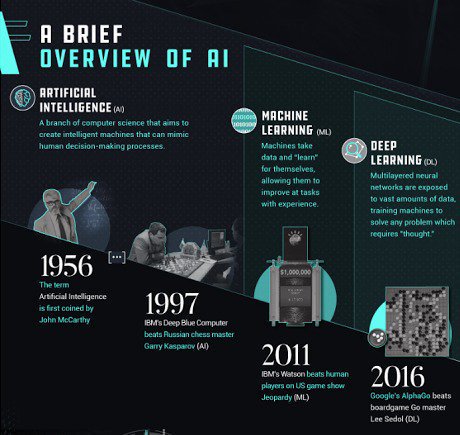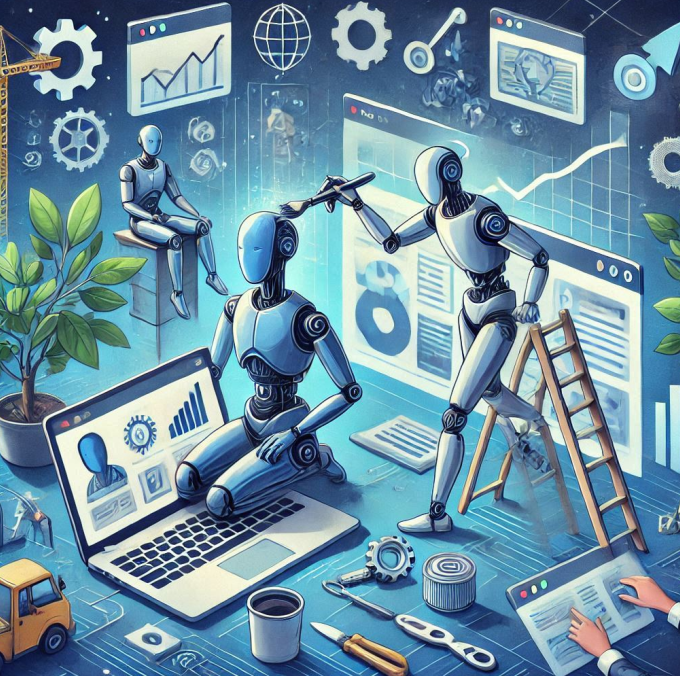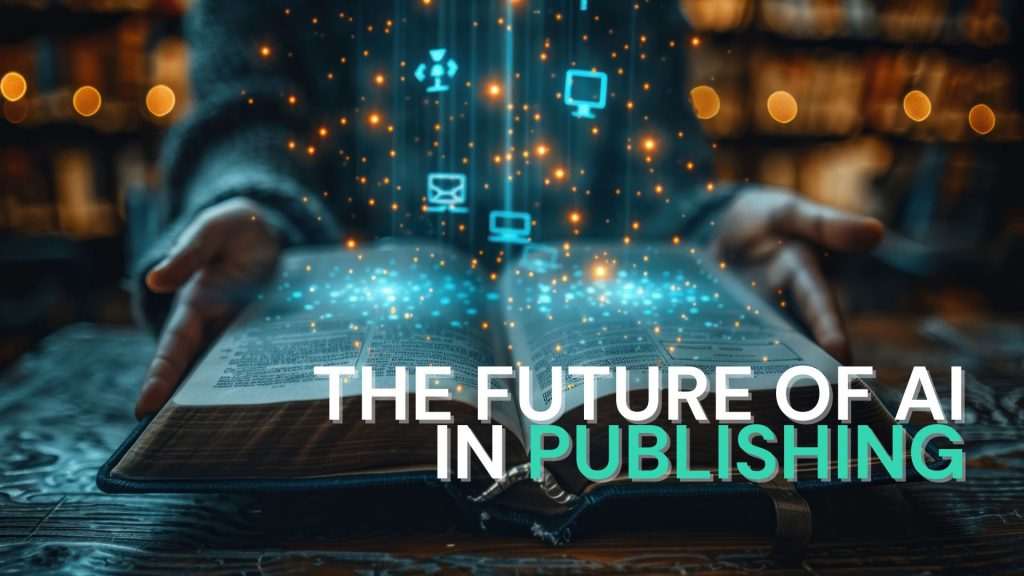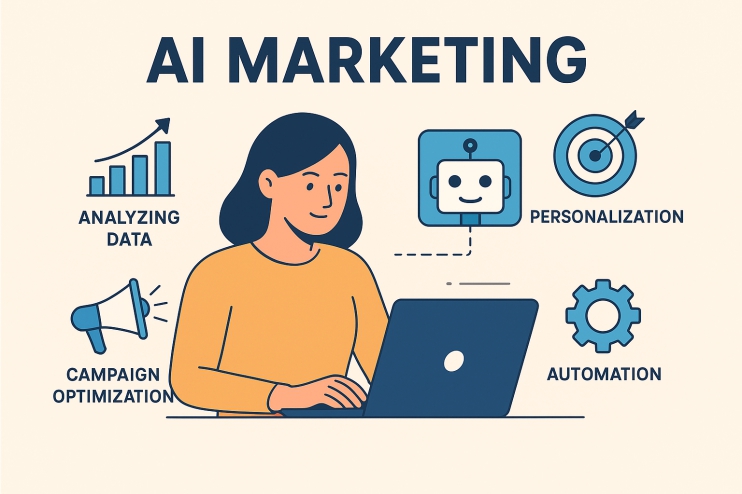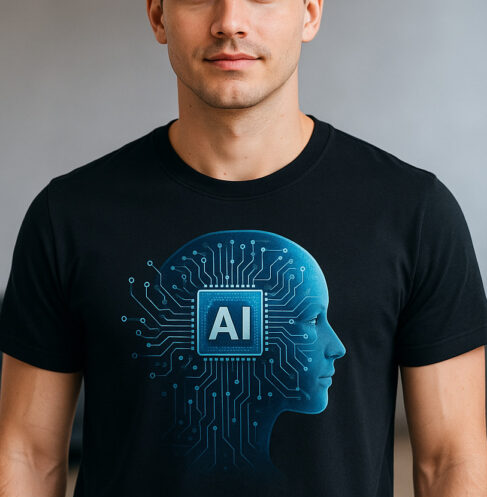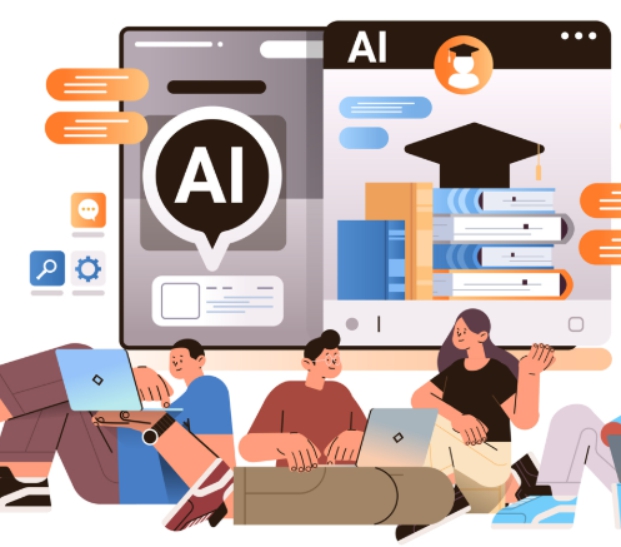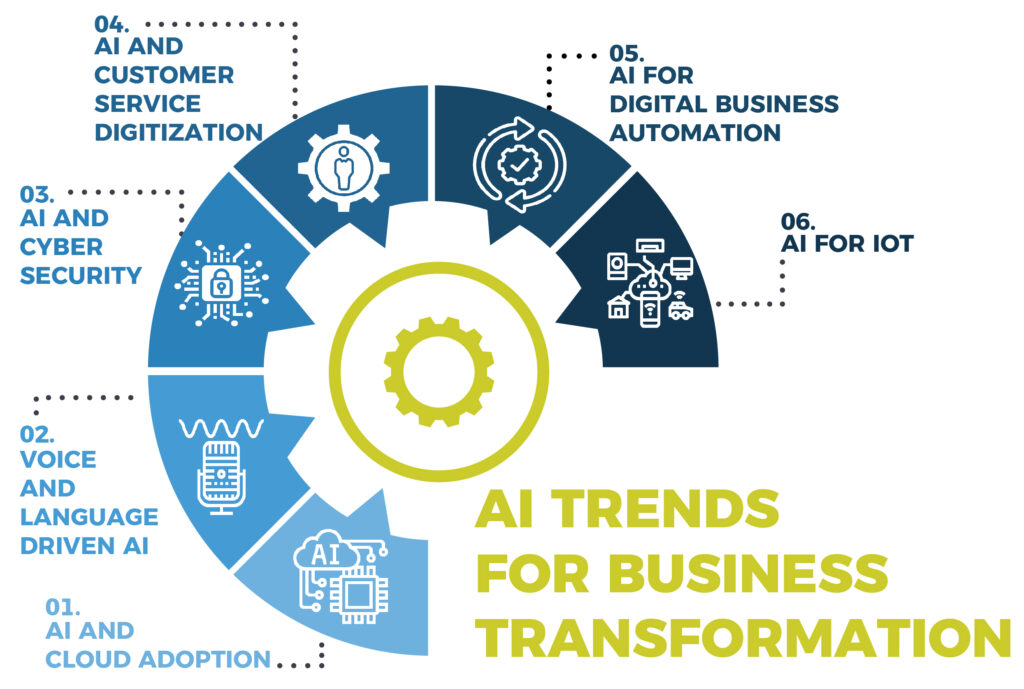Overview of the history of AI
1. The Foundations (1940s–1950s)
-
Alan Turing (1950): Proposed the Turing Test to measure machine intelligence.
-
Early Computers: Machines like ENIAC and UNIVAC laid the groundwork for computational logic.
-
Logic Theorist (1956): Considered the first AI program, capable of solving mathematical problems.
2. The Birth of AI (1956–1970s)
-
Dartmouth Conference (1956): Term “Artificial Intelligence” was coined; AI officially became a field.
-
Early Optimism: Researchers believed machines would soon replicate human intelligence.
-
First AI Programs: Focused on problem-solving, chess-playing, and basic reasoning.
3. AI Winters (1970s–1980s)
-
Funding Cuts: Early AI failed to meet ambitious expectations, leading to reduced support.
-
Limited Computing Power: Hardware constraints slowed progress.
-
Renewed Interest: Expert systems (like MYCIN) brought some practical applications back.
4. Machine Learning Emerges (1980s–1990s)
-
Neural Networks Revival: Backpropagation algorithms revived interest in learning systems.
-
AI in Business: Expert systems and rule-based programs became practical tools.
-
Data Growth: Increasing digital data fueled more research in pattern recognition.
5. Modern AI (2000s–Present)
-
Deep Learning & Big Data: Neural networks achieve breakthroughs in image, speech, and language processing.
-
AI in Everyday Life: Personal assistants (Siri, Alexa), recommendation systems, autonomous vehicles.
-
Generative AI: Advanced models (like GPT) can write, generate images, and code.
6. Future Directions
-
General AI: Moving from narrow AI to systems capable of broader human-like reasoning.
-
Ethics & Governance: Ensuring AI is safe, fair, and transparent.
-
AI + Society: Transforming industries from healthcare to marketing, art, and education.
If you want, I can also create a text-only timeline of AI history, condensed into catchy phrases for T-shirts or social media, tracing every major milestone from Turing to GPT.
Do you want me to do that?


